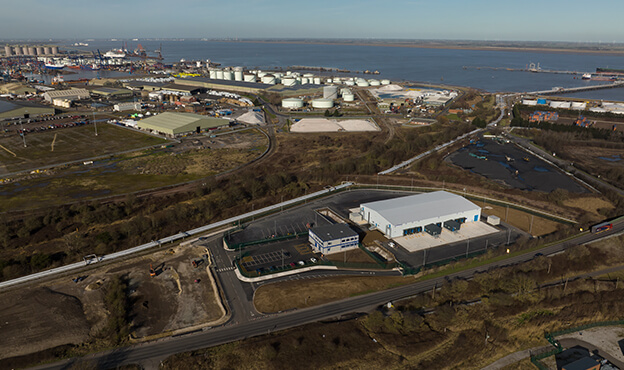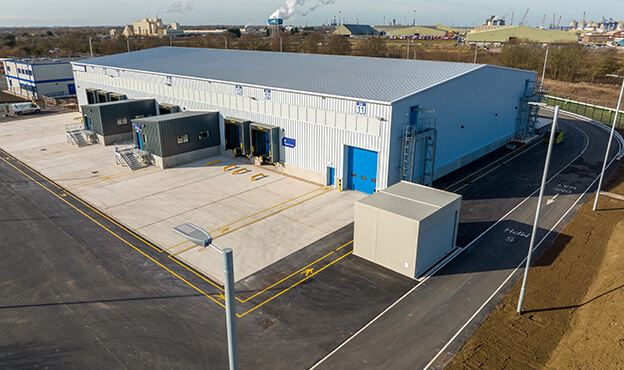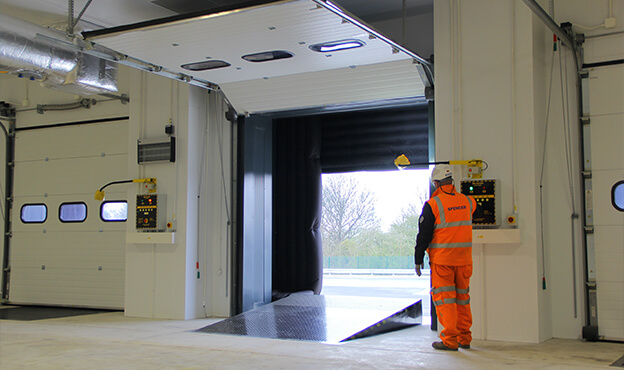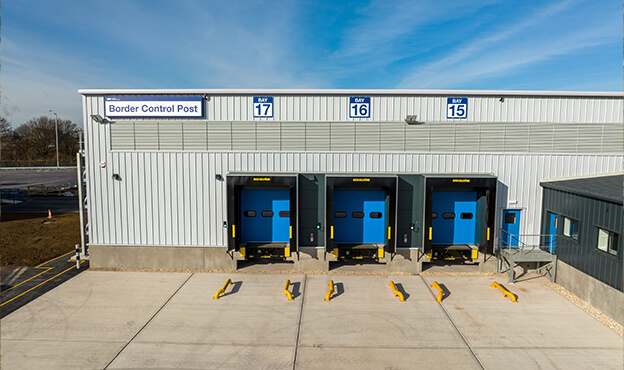ABP Border Control Post- Immingham
Spencer Group were appointed by Associated British Ports (ABP) to design and construct two border control post facilities at the ports of Hull and Immingham, required as a consequence of Brexit. A collaborative working partnership was formed between ABP and Spencer Group, ensuring rapid progress was made on the project to meet the challenging deadline imposed by the government.
The construction of a 5.3 acre facility at the Port of Immingham, with a total floor space of 40,957 sq ft (3,805 sq m) was completed within 10 months of contract award.
Key Project Details
| Client | ABP |
| Duration | 13 months |
| Location | Port of Immingham |
| End Date | February 2022 |




